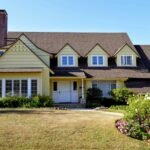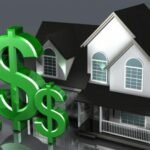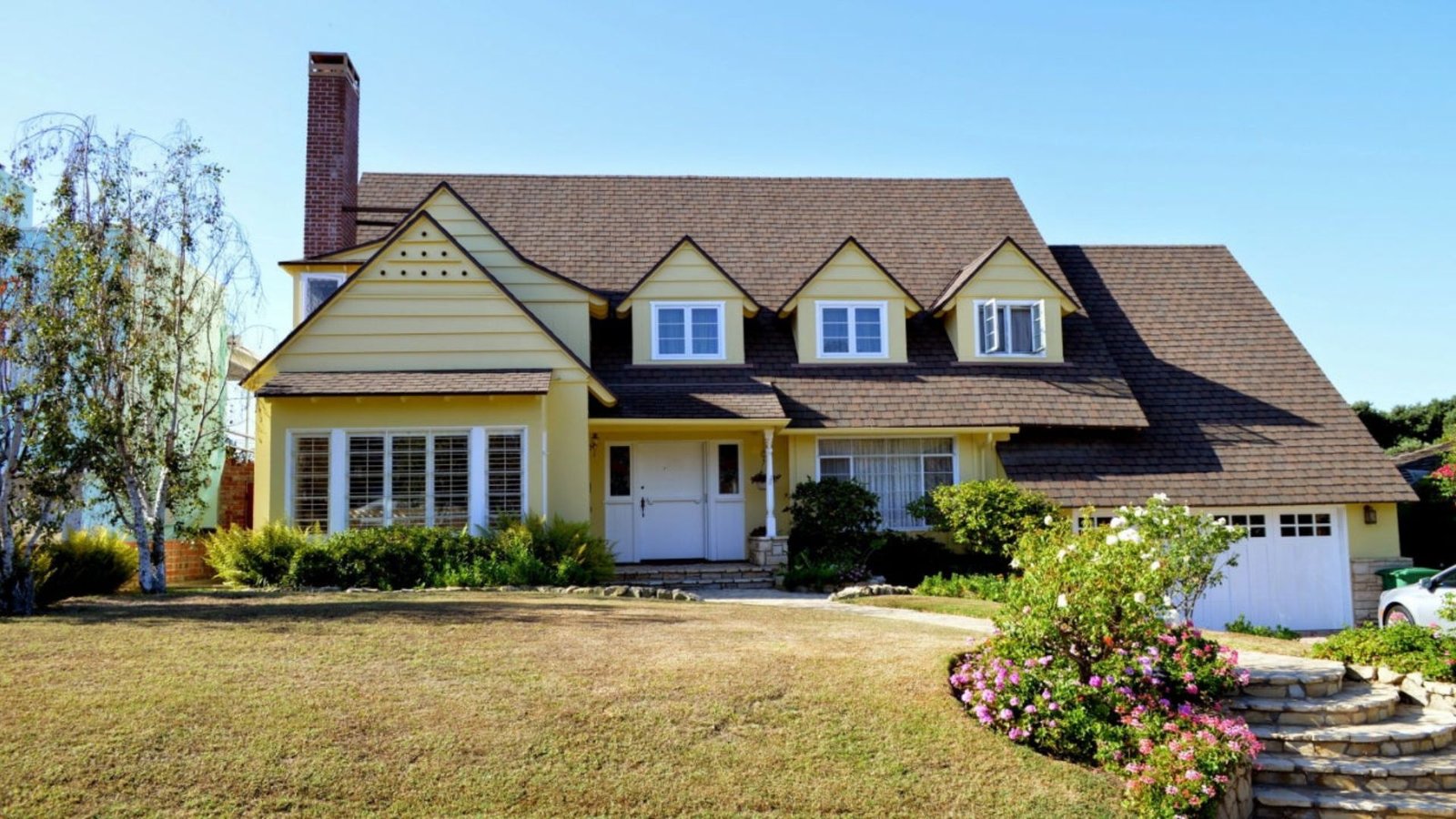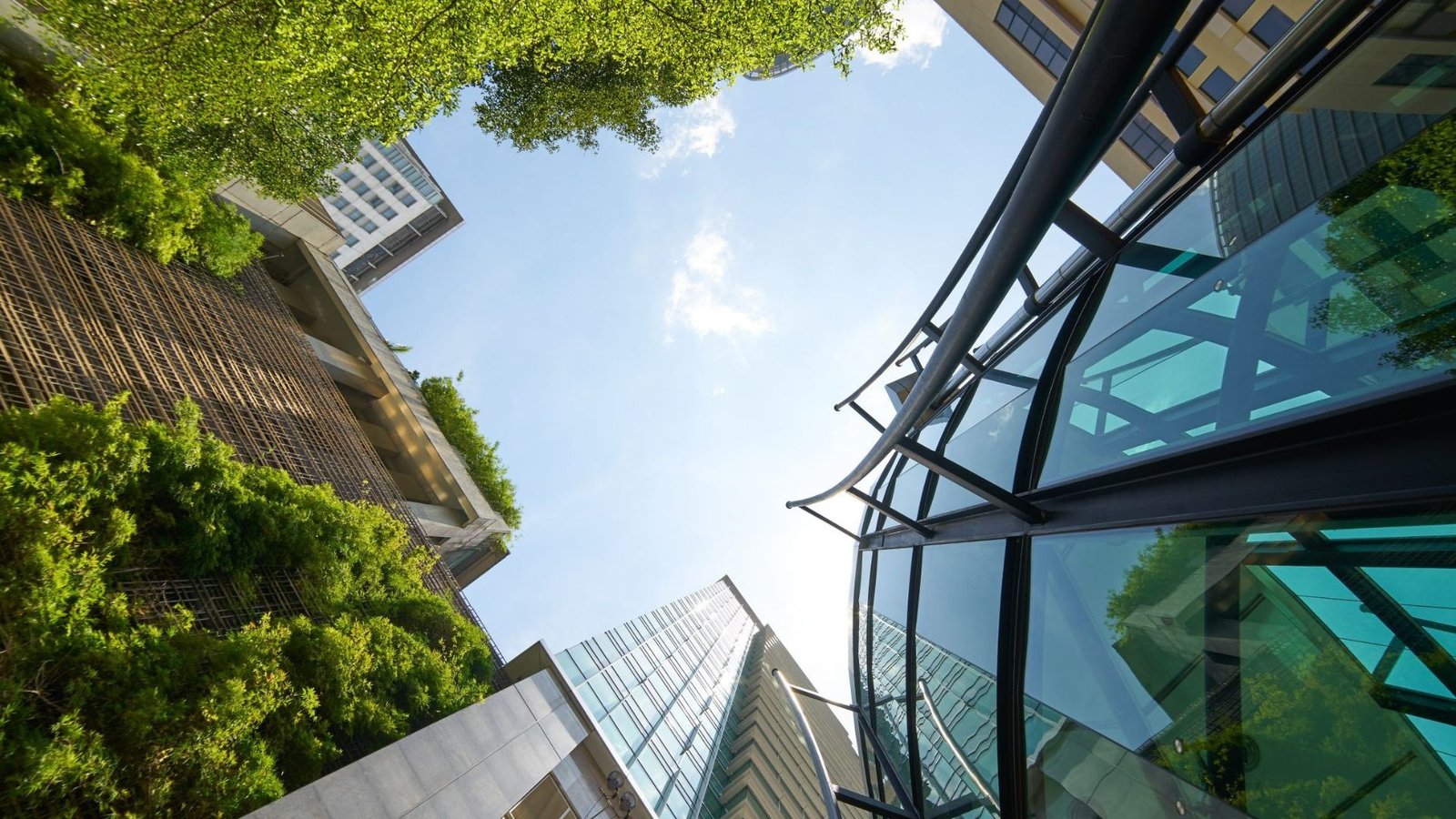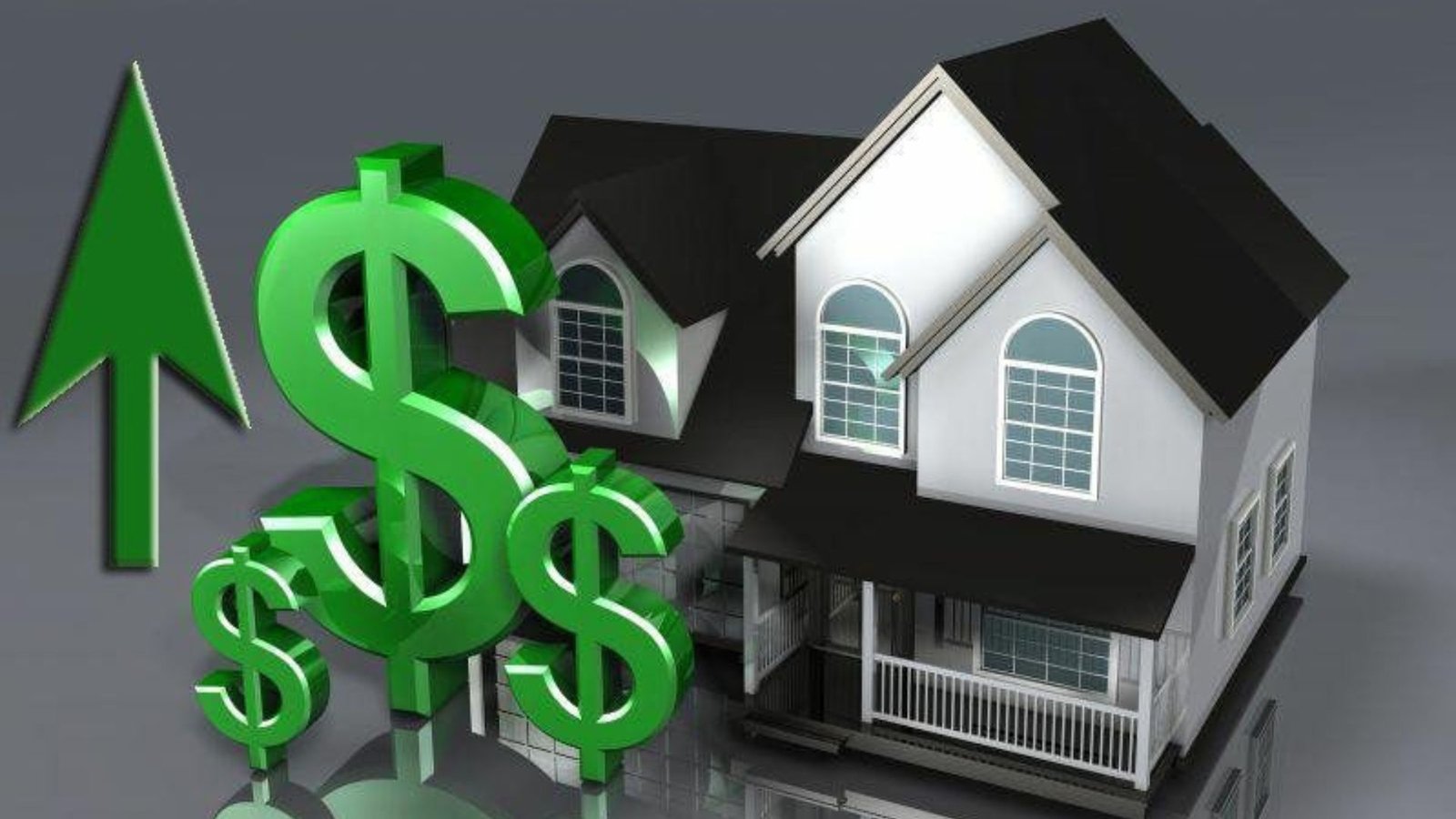As the world becomes more environmentally conscious, green building practices are emerging as an essential solution for sustainable living. The future of housing lies in eco-friendly homes that minimize energy consumption, reduce carbon footprints, and promote environmental sustainability. By integrating energy-efficient technologies, sustainable materials, and innovative designs, green building practices are transforming the way we approach construction and housing. Here’s a closer look at how green building practices are shaping the future of sustainable housing.
What is Green Building?
Green building refers to the practice of designing and constructing buildings with the environment in mind. The aim is to create structures that are energy-efficient, resource-conserving, and environmentally responsible throughout their lifecycle. Green buildings prioritize sustainability by using renewable energy, reducing waste, improving indoor air quality, and utilizing sustainable materials. The idea is to create homes and commercial buildings that have a minimal environmental impact while offering long-term economic and social benefits.
Energy Efficiency and Reduced Carbon Footprint
One of the core principles of green building practices is energy efficiency. Energy-efficient homes use less energy to provide the same level of comfort and convenience, which helps reduce greenhouse gas emissions. Green buildings often incorporate advanced insulation techniques, energy-efficient windows, and heating, ventilation, and air conditioning (HVAC) systems that use less energy.
Solar panels, geothermal heating, and wind turbines are also common features in green buildings, helping to reduce reliance on fossil fuels. These technologies not only decrease carbon emissions but also lower energy costs for homeowners over time. By reducing the carbon footprint of a building, green homes contribute to a cleaner, more sustainable future.
Sustainable Materials and Construction Methods
Sustainable building materials are at the heart of green building practices. These materials are sourced in ways that minimize environmental impact, often being renewable, recycled, or locally sourced. Common eco-friendly materials include bamboo, reclaimed wood, recycled metal, and low-VOC (volatile organic compound) paints and finishes. These materials are healthier for both the environment and the people living in the home.
Construction methods also play a significant role in sustainability. Green building practices encourage the use of innovative, energy-efficient construction techniques, such as modular building, which minimizes waste and reduces the carbon footprint of the construction process. Using prefabricated components and reducing on-site construction time can lead to a significant reduction in energy consumption during the building phase.
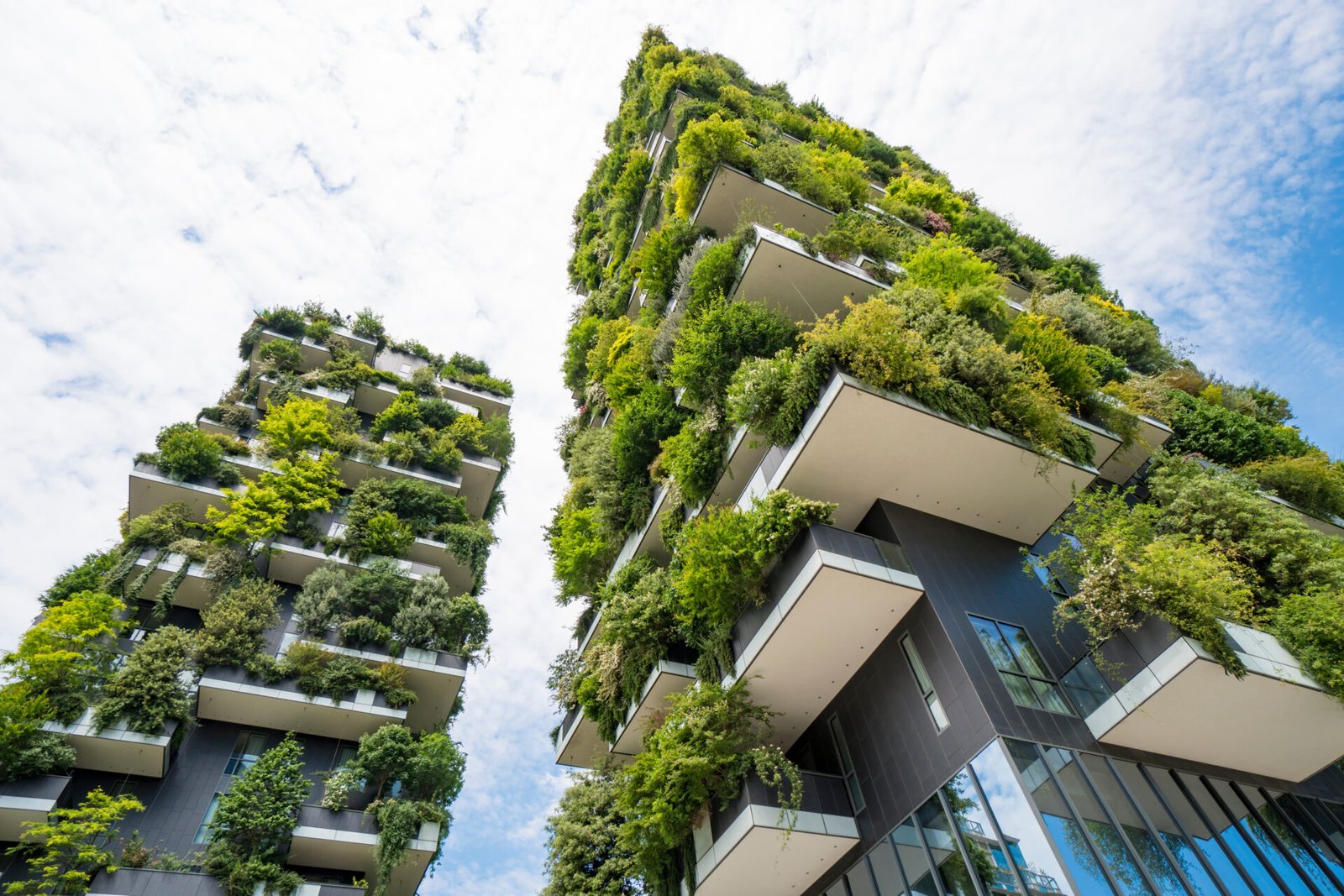
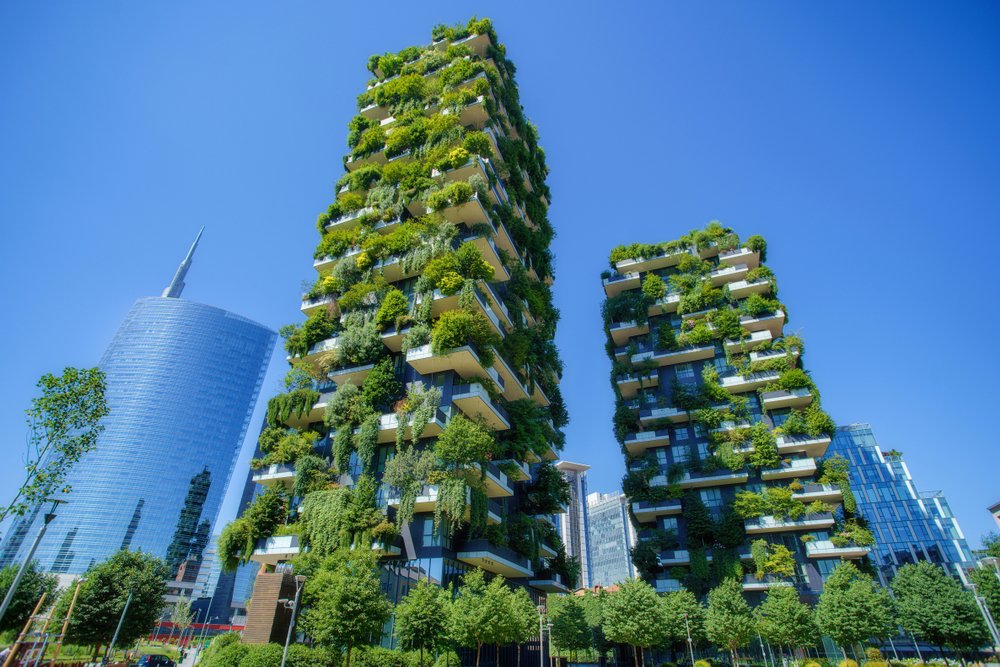
Water Conservation and Management
Water conservation is another crucial aspect of green building practices. Sustainable housing designs include systems that reduce water usage and manage water resources efficiently. Low-flow plumbing fixtures, rainwater harvesting systems, and drought-tolerant landscaping are just a few examples of how green homes address water conservation.
Additionally, many green homes utilize greywater systems, which recycle water from sinks, showers, and washing machines for use in irrigation or toilet flushing. These systems help homeowners conserve water while maintaining a comfortable living environment. By reducing water consumption and promoting efficient water management, green buildings contribute to the preservation of one of our planet’s most vital resources.
Health and Indoor Air Quality
Green buildings also prioritize the health and well-being of the people living in them. Indoor air quality is essential in sustainable housing, as it impacts residents’ respiratory health and overall quality of life. Green homes are designed with natural ventilation systems, air filtration, and low-emission materials that reduce pollutants and allergens.
Non-toxic paints, flooring, and furniture are common in green homes, helping to create a healthier indoor environment. Many green buildings are also equipped with smart technologies that monitor and control indoor air quality, ensuring that the air remains clean and fresh. These features contribute to a healthier living environment, which is an important consideration for homeowners.
Smart Technologies and Energy Management
The future of green building is closely linked to the integration of smart home technologies. These technologies help homeowners manage energy usage, monitor systems, and control their environment with greater efficiency. Smart thermostats, lighting systems, and appliances are designed to optimize energy consumption by learning homeowners’ preferences and adjusting settings accordingly.
Solar-powered smart devices, energy storage systems, and advanced energy management software are also becoming more common in green homes. These systems provide real-time insights into energy usage and enable homeowners to make informed decisions about how they use energy. The incorporation of smart technologies not only improves the energy efficiency of a home but also enhances its sustainability and convenience.
The Economic Benefits of Green Building
While green building practices may involve higher initial costs, the long-term economic benefits outweigh the investment. Energy-efficient homes have lower utility bills, and sustainable materials often have a longer lifespan, meaning fewer repairs and replacements over time. Homeowners can also take advantage of various incentives and rebates offered by governments for adopting green building technologies.
Furthermore, as green building practices become more mainstream, the demand for energy-efficient homes is increasing. Green homes tend to have higher resale values, as buyers are becoming more interested in sustainable living. This trend is helping to make green building a more viable option for homeowners, builders, and investors alike.
The Future of Green Building
As we move towards a more sustainable future, green building practices will continue to evolve. Innovations in building materials, energy systems, and construction methods will make green homes even more efficient and affordable. Increased awareness of climate change and the environmental impact of traditional building practices will drive demand for sustainable housing solutions.
Governments around the world are also implementing stricter building codes and regulations that encourage the adoption of green building practices. As the construction industry adapts to these changes, we can expect green building to become the standard in residential and commercial real estate.
Conclusion
Green building practices represent the future of housing, offering a way to reduce environmental impact while promoting energy efficiency, sustainability, and healthy living. By embracing eco-friendly materials, water conservation, and smart technologies, green homes provide long-term economic and environmental benefits. As the demand for sustainable living continues to rise, green building practices will play a crucial role in shaping the future of housing. With these innovations, we can look forward to a world where our homes are not just places to live, but also contributors to a sustainable and healthier planet.




